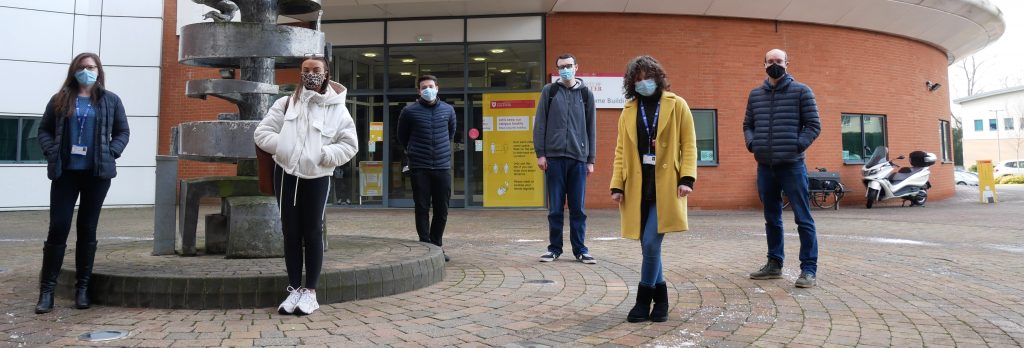Mission
Genes, encoded in very long and fine strings of DNA, determine how organisms develop and function. In eukaryotes the DNA is confined to the nucleus where it is wrapped into chromatin, which consists of many different proteins that package the genomic material. Many essential cellular processes like transcribing, repairing and duplicating the genome happen in the context of chromatin, and like a city, the nucleus has different neighbourhoods, some resemble quiet residential areas (heterochromatin) and some centres of bustling activity (euchromatin). As organisms develop and cells assume more and more specialized roles in the body each cell enacts massive changes to its chromatin landscape in order to support the gene expression program corresponding to the cell’s function in the organism. Dysfunction of cellular programs is at the heart of diseases from viral infections to cancer and plays a vital role in ageing. In our lab, we study chromatin structure and the macromolecular machines that are crucial for establishing and maintaining genomic neighbourhoods. We are particularly interested in understanding how chromatin is organized in 3D and how the heterochromatin machinery silences specific regions of the genome.
Affiliation & Funding

The lab

Collaborations
- Marc Bühler lab, FMI, Basel, Switzerland
- Beat Fierz lab, EPFL, Lausanne, Switzerland
- James Hodgkinson lab, University of Leicester
- Janet Partridge lab, St. Jude’s Children’s Hospital, Memphis, USA
- Oliver Rando lab, University of Massachusetts Medical School, USA
- Tim Richmond lab, ETH Zürich, Switzerland
- Geneviève Thon lab, Copenhagen University, Denmark
